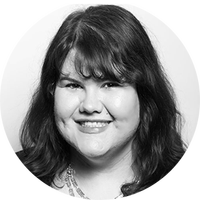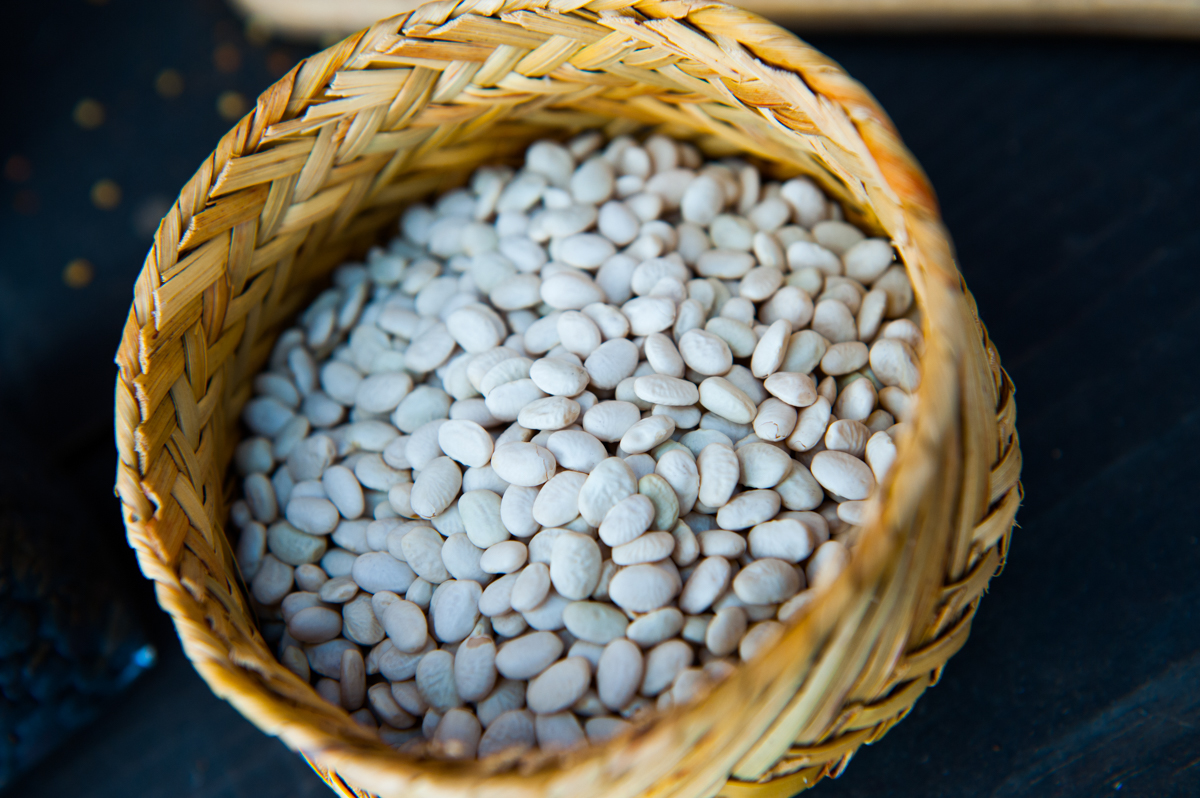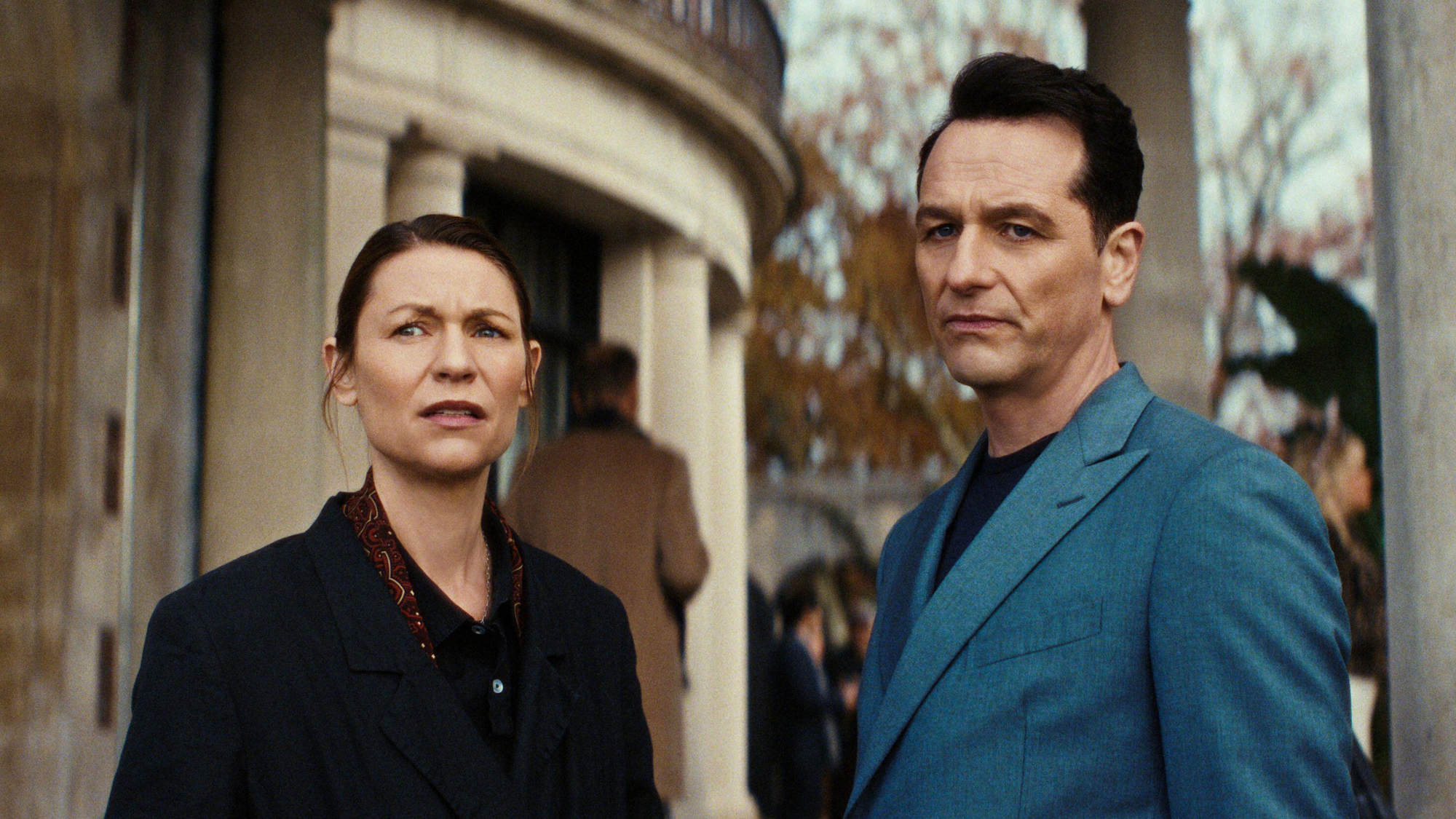A dining guide to Tucson
This Arizona city is a destination for diners


To understand the Tucson dining scene, you have to go back 4,000 years.
The surrounding Sonoran Desert is the most biodiverse region of North America, and the Santa Cruz River, which runs through Tucson, is the longest continuously cultivated area of North America. The Tohono O'odham tribe's predecessors, the Hohokam, settled along the river and developed irrigation canals to water their "three sisters" crops of corn, squash and beans. "Generation after generation have gone to the banks of the Santa Cruz River to plant and harvest their food," Janos Wilder, a James Beard Award-winning chef and president of Tucson City of Gastronomy, told The Week. "The river was the only place you could get water over the centuries."

Beans, squash and corn are known as the "three sisters" in Indigenous cultures
There's a misconception that nothing can grow in this arid desert, Wilder said. Instead, crops, plants and animals have adapted to survive, which "creates amazing diversity." He moved to Tucson and opened his first restaurant there in 1983, and discovered a bounty of ingredients growing outside his front door, from prickly pear cactus to yellow-meated watermelon to cholla buds. Since then, he's been "100% focused on Tucson when planning menus," and takes "a look back into the gastronomic and agricultural heritage of where we live, and forward to determine how you use these products and great ingredients in new and different ways. It's a celebration of where we live and everyone who came before us."
The Week
Escape your echo chamber. Get the facts behind the news, plus analysis from multiple perspectives.

Sign up for The Week's Free Newsletters
From our morning news briefing to a weekly Good News Newsletter, get the best of The Week delivered directly to your inbox.
From our morning news briefing to a weekly Good News Newsletter, get the best of The Week delivered directly to your inbox.
Wilder is one of many chefs in Tucson who emphasize native ingredients, and this locally-focused way of cooking caught the attention of the United Nations Educational, Scientific, and Cultural Organization (UNESCO). In 2015, Tucson was designated as the first UNESCO World City of Gastronomy in the United States, for its Indigenous and Mexican food traditions, and today the organization Tucson City of Gastronomy certifies restaurants, retailers, caterers, and artisans who use heritage ingredients, promote sustainability and give back to the community.
These chefs have "a seriousness of purpose and sense of discovery and curiosity," Wilder said. Many are immigrants, with their food building off their roots in Mexico, Central America, Asia, the Middle East and Africa.

Chef Janos Wilder opened his first restaurant in Tucson in 1983
Where to eat in Tucson

Chef Maria Mazon serves superb tacos at BOCA Tacos Y Tequila
BOCA Tacos Y Tequila is a salsa lover's dream, with new varieties served daily. (The ingredients swerve from the traditional tomato to the unexpected, like raspberries and bananas.) It's a modern Mexican restaurant from chef Maria Mazon, a 2022 James Beard Award finalist and onetime "Top Chef" contestant. While the menu is mostly composed of gourmet tacos, there's also a torta, salad, burrito, and a "banh mi quesadilla" that combines Mexican and Vietnamese flavors.
La Indita offers a proper Tucson experience: The owner and her husband have Tarascan and Tohono O'odham heritages, and this is reflected in the menu. The chicken mole "sings with both fruitiness and bitterness from Chiapas cacao beans," Bon Appétit's Jackie Tran wrote, and the Tarascan taco has an "unusual blend of spinach and nuts yet feels nostalgic at first bite."
A free daily email with the biggest news stories of the day – and the best features from TheWeek.com
At Tito & Pep, the main attraction is the wood-fired mesquite grill, used for nearly every dish. The restaurant has described itself as offering "Tucsonan" food, and that includes a queso fundido with mushrooms and beef chorizo; summer squash salad with queso fresco, pepitas and cilantro; grilled octopus with salsa macha; Sea of Cortez shrimp with masa dumplings and seafood broth; and mesquite-grilled pork chop with poblano, nectarine and local wheat berries.

Chef Janos Wilder offers a taste of Tucson at his new establishment, Studio Janos
Wilder recently launched his newest venture, Studio Janos, where he offers private dinners for up to 12 people. Guests can create their own menu, or allow Wilder to make a six-course meal based on Tucson heritage foods and flavors. He cooks in front of the group and describes each dish as it's plated. In this space, Wilder can "showcase everything I've learned living in Tucson," he said.
Holding onto a culinary heritage
For the last 40 years, Native Seeds/SEARCH has been finding and preserving seeds local to the Tucson area, many of them rare or endangered, in order to conserve the biodiversity of the region. The nonprofit organization sells seeds, Sonoran sauces and spices, and gift items like Zuni carvings and Tohono O'odham pottery, with proceeds going toward protecting seeds and distributing seeds to Native families and local community gardens.

Since 1983, Native Seeds/SEARCH has been finding, protecting and preserving rare seeds of the Southwest
Eating the world in Tucson
Throughout the year, there are celebrations of Tucson's food culture, including the Agave Heritage Festival, Savor Food and Wine Festival, Tucson Craft Beer Festival, and Tucson Meet Yourself, a folklife festival. Founded in 1974, Tucson Meet Yourself is a way for local dancers, musicians and artisans to come together and connect with the community. A big draw is the Tucson Eat Yourself portion of the event, a global affair featuring Puerto Rican, Argentinian, Chinese, Mexican, Colombian, Caribbean, Taiwanese, Peruvian, Polish, Laotian, Filipino, Ukrainian, Greek, Indian, Venezuelan, Turkish, Afghan, and Vietnamese cuisines.
Catherine Garcia has worked as a senior writer at The Week since 2014. Her writing and reporting have appeared in Entertainment Weekly, The New York Times, Wirecutter, NBC News and "The Book of Jezebel," among others. She's a graduate of the University of Redlands and the Columbia University Graduate School of Journalism.
-
 Crossword: December 30, 2025
Crossword: December 30, 2025The daily crossword from The Week
-
 What have Trump’s Mar-a-Lago summits achieved?
What have Trump’s Mar-a-Lago summits achieved?Today’s big question Zelenskyy and Netanyahu meet the president in his Palm Beach ‘Winter White House’
-
 The most anticipated movies of 2026
The most anticipated movies of 2026The Week Recommends If the trailers are anything to go by, film buffs are in for a treat
-
 The best food books of 2025
The best food books of 2025The Week Recommends From mouthwatering recipes to insightful essays, these colourful books will both inspire and entertain
-
 8 restaurants that are exactly what you need this winter
8 restaurants that are exactly what you need this winterThe Week Recommends Old standards and exciting newcomers alike
-
 Appetites now: 2025 in food trends
Appetites now: 2025 in food trendsFeature From dining alone to matcha mania to milk’s comeback
-
 Jane Austen lives on at these timeless hotels
Jane Austen lives on at these timeless hotelsThe Week Recommends Here’s where to celebrate the writing legend’s 250th birthday
-
 May your loved ones eat, drink and be merry with these 9 edible Christmas gifts
May your loved ones eat, drink and be merry with these 9 edible Christmas giftsThe Week Recommends Let them eat babka (and cheese and licorice)
-
 Pull over for these one-of-a-kind gas stations
Pull over for these one-of-a-kind gas stationsThe Week Recommends Fill ’er up next to highland cows and a giant soda bottle
-
 Classic mince pies for the festive season
Classic mince pies for the festive seasonThe Week Recommends The countdown to Christmas, and all its edible treats, has begun
-
 The Beast in Me: a ‘gleefully horrible story’
The Beast in Me: a ‘gleefully horrible story’The Week Recommends Claire Danes and Matthew Rhys star in a ‘gleefully horrible story’
